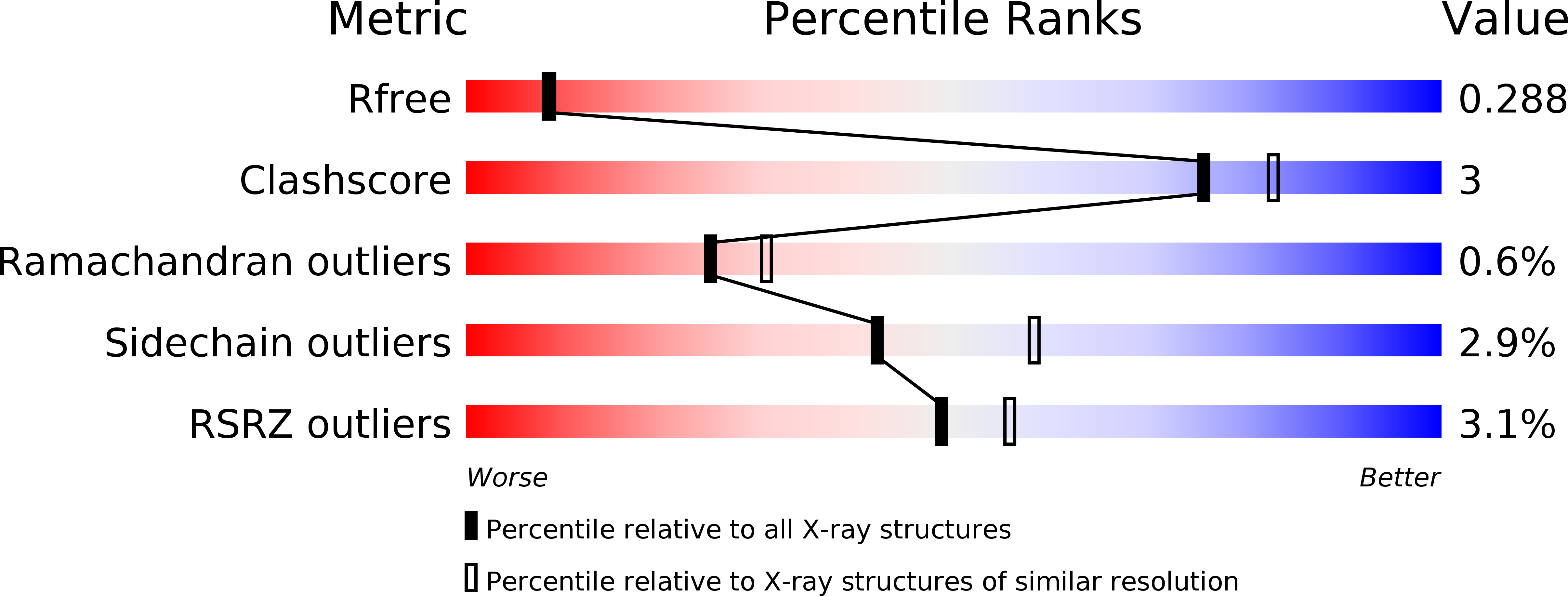
Deposition Date
2017-07-23
Release Date
2018-10-24
Last Version Date
2024-04-03
Method Details:
Experimental Method:
Resolution:
2.30 Å
R-Value Free:
0.27
R-Value Work:
0.20
R-Value Observed:
0.21
Space Group:
C 1 2 1


